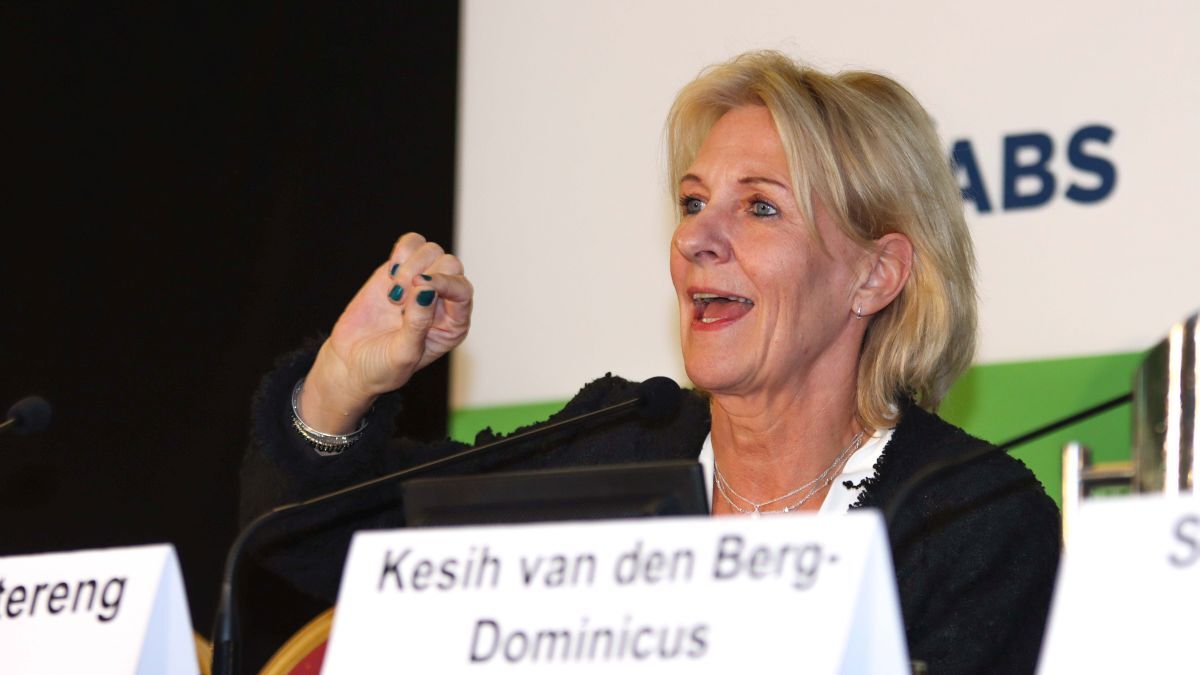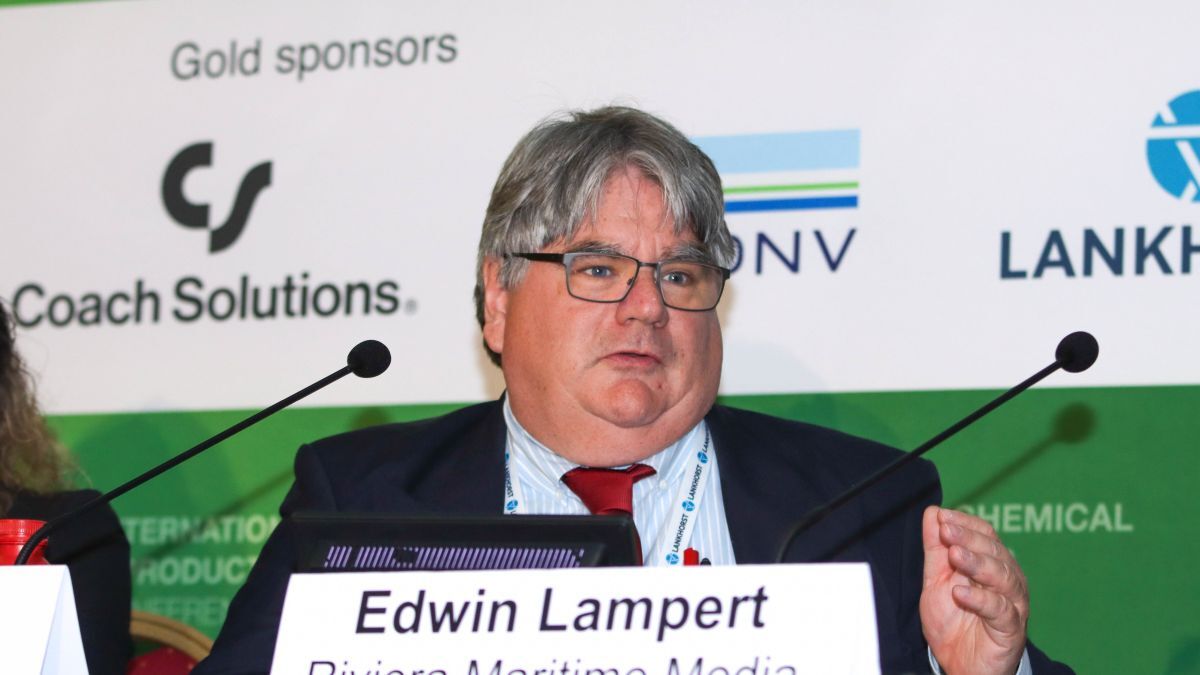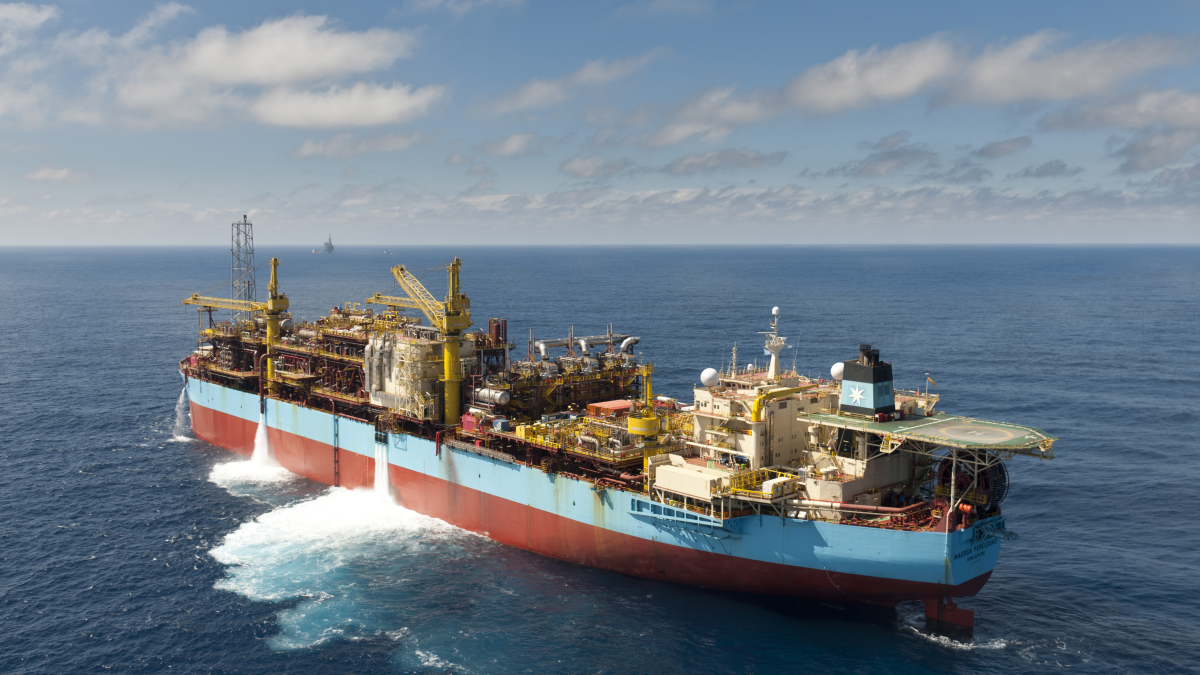Business Sectors
Contents
Register to read more articles.

Shore power and tankers: challenges, collaboration and commitment
Industry leaders outline the technical, regulatory and infrastructural hurdles to shore power adoption for tankers
DNV, Port of Rotterdam, and Stolt Tankers set out the technical, regulatory and practical barriers that must be overcome for shore power to become a viable emissions reduction tool for tankers.
DNV senior vice president and global segment director for tankers Catrine Vestereng outlined why DNV had moved early to develop rules for midship plug-in connections, “There were no regulations for the tankers. So we initiated meetings with ports and made rules for midship plug-in for tankers,” she explained.
Ms Vestereng emphasised the emissions-reduction potential of shore power compared with e-fuels, citing DNV forecasts estimating up to a 7% reduction in maritime emissions if shore power were broadly adopted.
However, she cautioned the challenges are multi-faceted, “International regulations are lagging behind, standardisation is not in place, installations are demanding, and the power demand on the grid is high.”
Nonetheless, she expressed optimism that with sufficient collaboration, progress could be made.

Port of Rotterdam senior business manager bulk cargo and shipping Kasih van den Berg-Dominicus stressed the complexity of applying shore power across one of Europe’s largest ports.
“We have 28,000 seagoing vessels a year in the port, from very small to 400 m. It is quite challenging to have something that fits all and to have it fit for every location,” she said.
She explained while shore power has already been implemented for inland barges and offshore platforms near residential areas, tankers pose specific challenges owing to their hazardous cargoes and the layout of terminal infrastructure.
Ms van den Berg-Dominicus was speaking at the International Chemical and Product Tanker Conference 2025, held at the Millennium Gloucester Hotel in London 23-24 April 2025.
She highlighted grid capacity constraints as a further complication, “We have a grid problem. Some of the areas are more fitted and are calculated in some capacity, whereas other locations may not have calculated it,” she said.
She called for a pragmatic, phased approach, “We just need to start and then go from there.”

From the shipowner’s perspective, Stolt Tankers senior electrical project manager Sean Crowley spoke candidly about the safety and regulatory gaps surrounding tanker connections.
Having participated in early pilot projects at Rotterdam, he said, “One of the biggest challenges was the location – midship or aft (on the tanker). Terminals have a different hazardous area plan than we have on board our ships.”
He warned that some terminal hazardous area classifications treat the entire ship as a hazardous zone, creating serious legal and technical concerns, “We basically do not comply, so that is a potentially grey area,” Mr Crowley stated.
Mr Crowley added while Stolt Tankers is equipping newbuildings with both aft and midship shore power capability, full engagement from terminals remains essential.
“We have ships ready for shore power from 2026, but we have no place to plug in. We need to plug in,” he said.
All three speakers agreed early adoption, collaboration across stakeholders, and clearer international standards will be crucial if shore power is to move from isolated pilots to widespread reality.
The International Chemical & Product Tanker Conference 2025 was kindly supported by Gold Sponsors ABS, BV, Coach Solutions, DNV and Lankhorst. Silver Sponsors were Anemoi and bound4blue with support from organisations IPTA and INTERTANKO.
Riviera’s Tanker Shipping & Trade Webinar Week will be held from 30 June 2025. Click here to register for this free-to-attend event.
Related to this Story
Events
International Bulk Shipping Conference 2025
Tankers 2030 Conference
Maritime Navigation Innovation Webinar Week
© 2024 Riviera Maritime Media Ltd.













